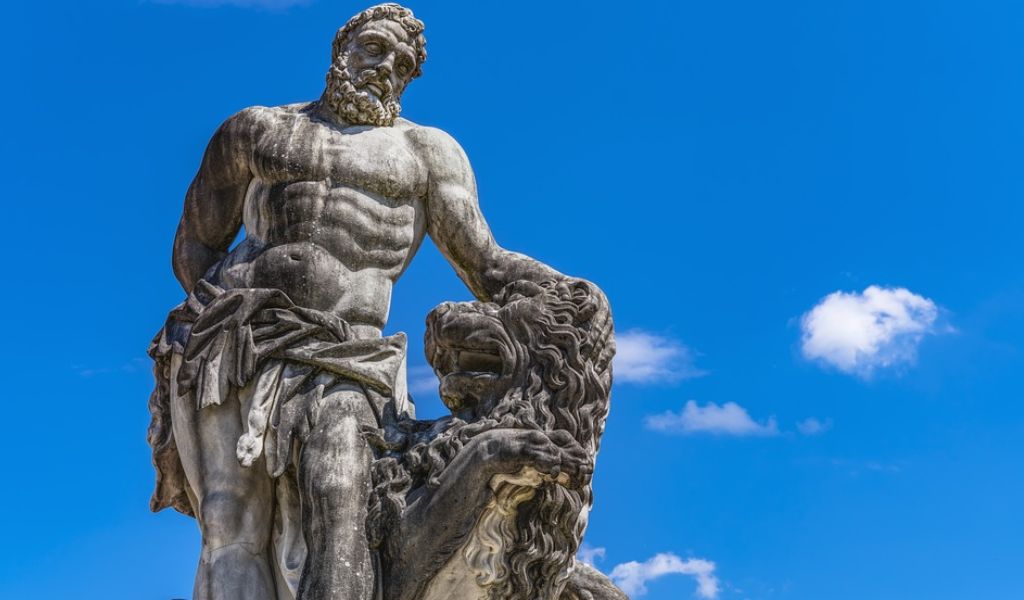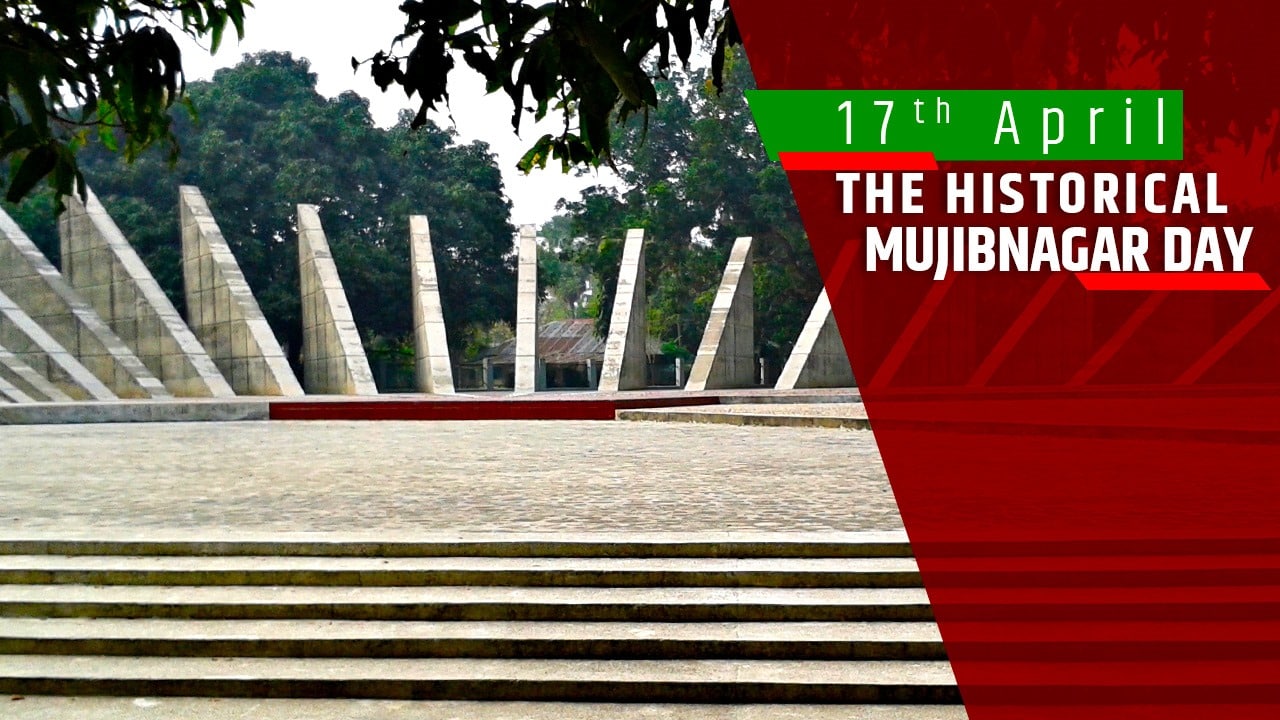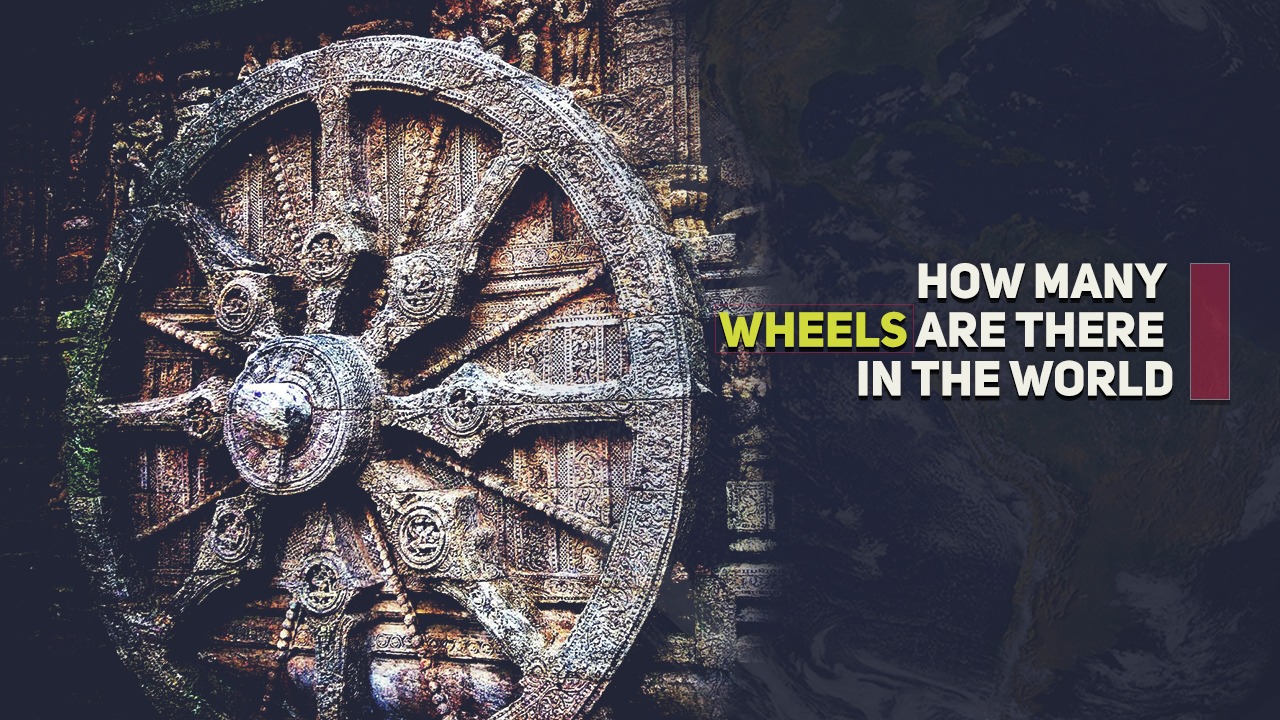At the Toscal De La Cala, a Roman fort in Benidorm, Spain, archaeologists from the University of Alicante have made a special discovery.
A 2,000-year-old “inscultura” face was discovered during the excavations. A human face, a cornucopia, and a phallus are the three different components of this carving, which measures 57 by 42 centimeters in size. Researchers think that the absence of the upper right quadrant may have left the picture unfinished.
The excavation’s director, Professor Jess Moratalla, described the find as a relief of remarkable historical significance, which has aroused the interest of archaeologists and historians.
What do the Carvings Mean?
No one knows what the carving is for, so people can only guess. It could have been used as graffiti or as part of a ceremony.
After it rains in Rome, the Colosseum can be seen in a puddle.
The addition of a phallus, which the Romans saw as a sign of the power of men to have children and the safety of the state, suggests that it might have something to do with protection.
The fact that there is a cornucopia, or “horn of plenty,” makes it even more mysterious. On Roman reliefs and coins, a cornucopia is held by many gods who are connected to the crop, wealth, or spiritual abundance. This makes it more likely that the face is meant to look like a god or goddess.
Myth says that the cornucopia was made when Heracles (the Roman version of Hercules) fought with the river god Achelous and broke off one of his horns, since river gods were sometimes pictured as having horns.
The site of Tossal De La Cala, which is on a 100-meter-high hill, has a long and interesting history of archaeology. Father Belda and Professor M. Tarradell dug up the ruins in the 1940s and 1965, and they found that they were from the 2nd and 1st centuries BC.
Since 2013, excavations led by the University of Alicante have shown that the site was a Roman settlement occupied by Quinto Sertorio’s forces during the Sertorian Wars, which were fought between a group of Roman rebels and the Roman government from 80 to 72 BC.
The face cut into the rock at Toscal De La Cala is another interesting piece of the puzzle that is life in ancient Rome. Archaeologists hope that as more study and analysis are done, they will learn more about the find’s purpose and importance.
Preserving and protecting the carving is still a top priority, and plans are being carefully made for how it will be shown at the Tossal site.













































